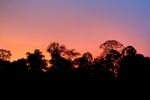With the world’s eyes on the environmental catastrophe in the Gulf of Mexico, many are beginning to ponder the rightness of not just America’s, but the world’s dependence on fossil fuels. Yet large-scale fossil-fuel energy projects continue to march ahead, including one in the Malaysian state of Sabah on Borneo to build a 300 MW coal plant, which has come under fierce opposition from locals (already the project has been forced to move locations twice). The newest proposal will build the coal plant, as photos below reveal, on an undeveloped beach overlooking the Coral Triangle, one of the world’s most biodiverse marine environments, with transmission lines likely running through nearby pristine rainforest that are home to several endangered species, including orangutans and Bornean rhinos.
A group of NGOs that oppose the coal plant, known as Green SURF (Sabah Unite to Re-power the Future), warn that the plant will come with a host of environmental problems, including discharges of chlorine and sulfates into the ocean, sulfur dioxide emissions that could cause acid rain, thermal pollution, and the need for new transmission lines, infrastructure, and cargo to carry coal from mines south in Kalimantan. Green SURF has recently conducted an energy audit that showed Sabah has the capacity to develop cost-competitive power needs from a variety of other non-fossil fuel options, including palm oil biomass, solar, and hydrological.
To voice your opinion on the coal plant visit Green SURF. There are a number of campaigns, including a post card campaign, a petition, a Facebook group, and general information on Source Watch.
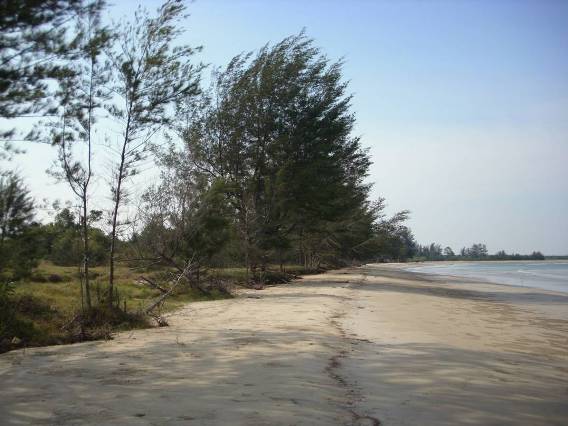
The proposed site for the coal plant, pictured here, sits on undeveloped pristine beach overlooking the Coral Triangle. With over 500 species of coral and 3,000 species of fish, the Coral Triangle is some of the most biodiverse waters in the world. Last year Malaysia signed a pact pledging to protect the Coral Triangle. Photo by: Wong Tack.
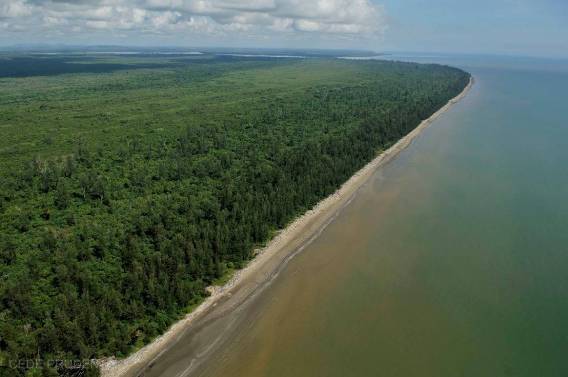
Coastal rainforest near the proposed site for the coal plant. Environmentalists fear that sulfur emissions from the plant could trigger acid rain damaging rainforests such as these. Photo by: Cede Prudente.
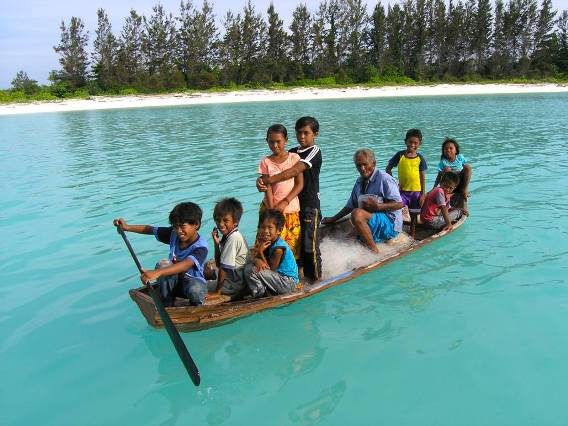
South of the proposed site, coastal communities in Semporna depend on good fishing waters for their livelihood. Environmentalists say that chlorine and sulfate waste from the coal plant would boost the likelihood of regional eutrophication and algal blooms, resulting in massive marine die-off. Photo by: Helen Brunt.
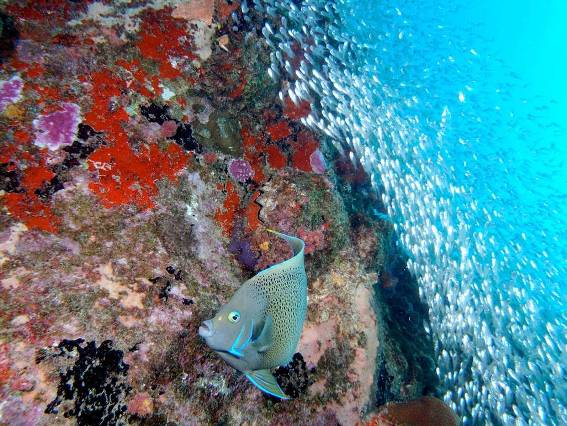
The rich and diverse marine life of Sabah not only supports local fishing, but draws tourism from around the world. Sabah has an international reputation as a ‘green state’, campaigners fear that a coal plant set on a pristine beach near primary rainforest will sully that image. Environmentalists say thermal heat from the coal plant could harm nearby coral reefs. Photo by: Borneo Dream.
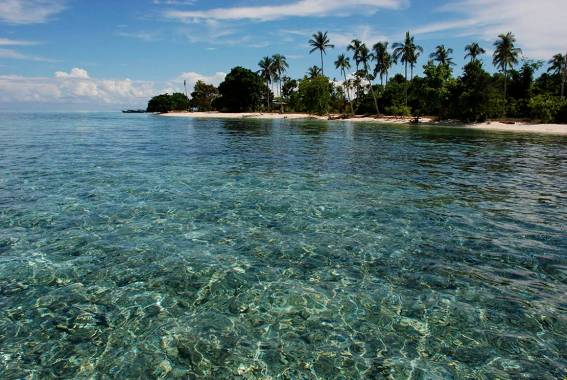
Tun Sakaran Marine Park , made up of pristine islands and marine waters, lies off the coast of Semporna less than 100 kilometers from the coal plant. Photo by: Yee I-Lann.
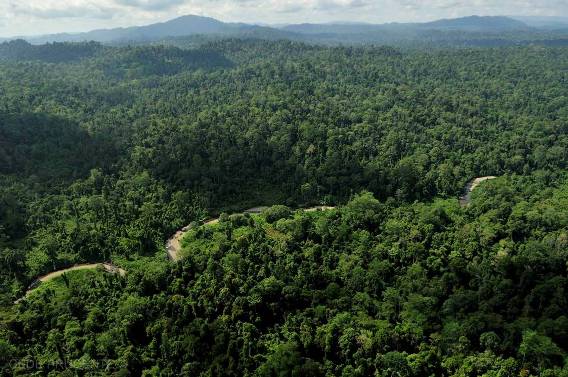
Primary rainforest, incredible biodiversity, and a host of endangered species, Tabin Wildlife Reserve is one of the treasures of Borneo. Transmission lines for the coal plant may cut close to the reserve, in addition, acid rain could bring pollution to the fragile environment. Photo by: Cede Prudente.
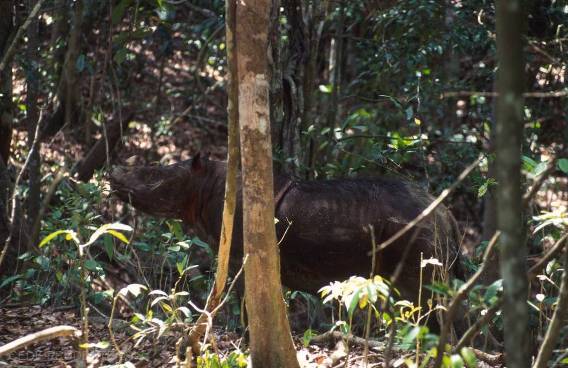
Tabin Wildlife Reserves is home to one of the last remaining populations of the Sumatran Rhino, classified as Critically Endangered by the IUCN Red List. Only 250 individuals of this species—the world’s smallest rhino—survive. Photo by: Cede Prudente.
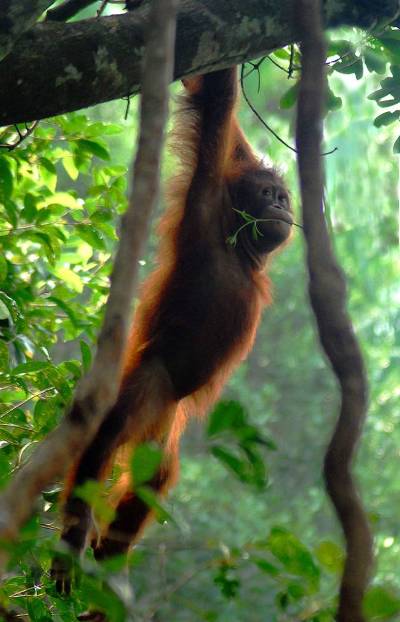
Tabin Wildlife Reserves is also home to the Bornean orangutan, currently listed as Endangered by the IUCN Red List. Orangutan populations in Sabah have dropped by 50 to 90 percent over the past few decades, largely due to habitat loss. Photo by: Jollence Lee.
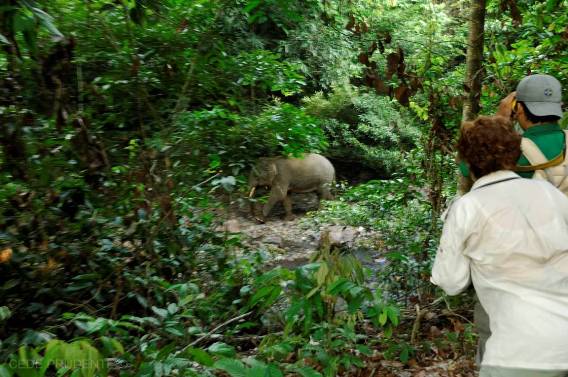
Tourists get a glimpse of the pygmy Bornean elephant, the world’s smallest elephant, in the Tabin Wildlife Reserve. They are a unique subspecies of the Asian elephant. Photo by: Cede Prudente.
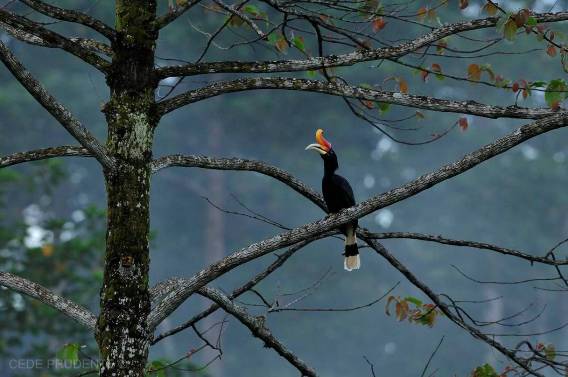
Tabin Wildlife Reserve is home to 220 recorded species of bird, including the pictured Rhinoceros hornbill. Research in the US has linked acid rain to some bird declines. Photo by: Cede Prudente.
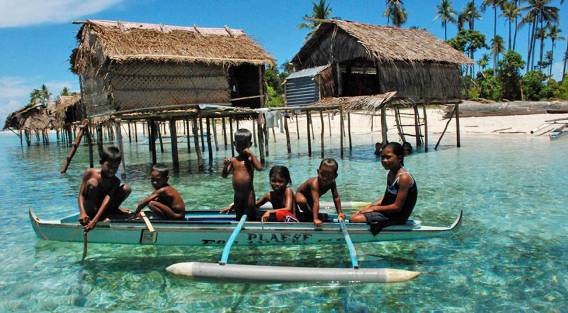
Local children from a fishing community near the proposed coal plant. At Copenhagen last year the Prime Minister of Malaysia, Najib Tun Razak, agreed to reduce the country’s carbon emission intensity by 40 percent by 2020. This month the Prime Minister wrote in a blog that the country “skewed too much in favor of natural gas and coal” and that the “imbalance needs correcting”, despite this sentiment and his pledge at Copenhagen the coal plant in Sabah moves forward. Photo by: Yee I-Lann.
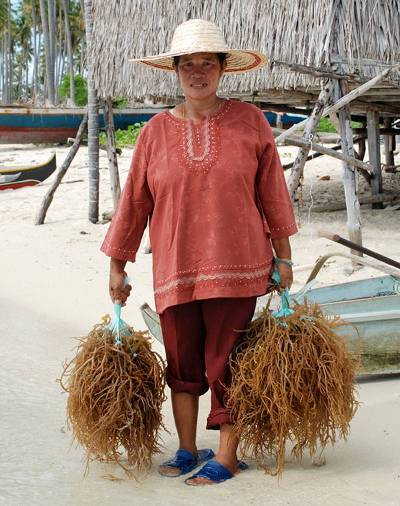
A woman cultivates seaweed at Tun Sakaran Marine Park. Photo by: Yee I-Lann.
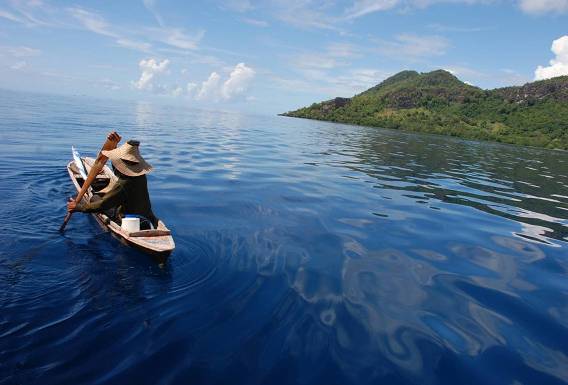
Paddling in Tun Sakaran Marine Park. Photo by: Yee I-Lann.
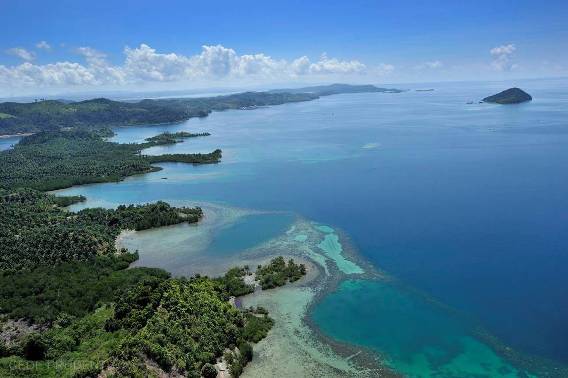
The coal plant will be built on the northern edge of Lahad Datu Bay. Photo by: Cede Prudente.
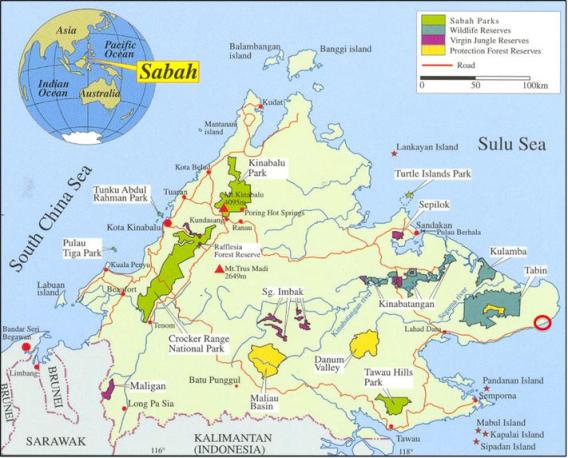 The circle denotes the coal plant. Tabin Wildlife Reserve is to the west, Semporna (Tun Sakaran Marine Park) is to the south. Map courtesy of Green SURF.
The circle denotes the coal plant. Tabin Wildlife Reserve is to the west, Semporna (Tun Sakaran Marine Park) is to the south. Map courtesy of Green SURF.
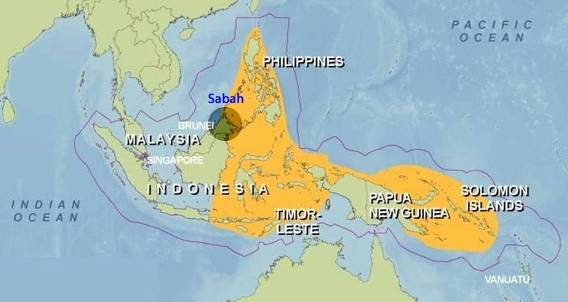
Map shows Sabah’s place in the coral triangle. Map courtesy of Green SURF.
Related articles
Analysis shows Borneo can say ‘no’ to coal power
(03/17/2010) Plans for a coal power plant in the Malaysian state of Sabah in northern Borneo have run into stiff opposition. Environmentalists say the coal plant could damage extensive coral reef systems, pollute water supplies, open rainforests to mining, and contribute to global climate change, undercutting Sabah’s image as a ‘green’ destination. The federal government contends that the coal plant is necessary to fix Sabah’s energy problems. However, a recent energy audit by the Renewable and Appropriate Energy Laboratory (RAEL) at the University of California Berkeley shows that pollution-intensive coal doesn’t have to be in Sabah’s future.
Coal plant could damage rainforest reserves, coral reefs, palm oil plantations in Malaysian Borneo
(12/20/2009) A proposed coal-fired power plant in Malaysian Borneo could damage the region’s world-renowned coral reefs, pollute air and water supplies, open Sabah’s biodiverse rainforests to mining, and undermine the state’s effort to promote itself as a destination for “green” investment and ecotourism, warn environmentalists leading an effort to block the project. The scheme, which is backed by the federal Tenaga Nasional Berhad and state energy company, Sabah Electricity Sdn. Bhd, has faced strong opposition and already been forced to re-locate twice since it was conceived more than two years ago. The 300-MW plant is now planned for a coastal area that is situated in the middle of the Coral Triangle/Sulu Sulawesi Marine Ecoregion, an area renowned for astounding levels of biodiversity.
Where two worlds collide: visiting Tabin Wildlife Reserve
(02/21/2010) The vehicle stopped on the way into Tabin Wildlife Reserve as a troupe of pig-tailed macaques began making their way across the road. In a flash a domestic dog, which may or may not have been ‘ownerless’, ambushed the group. Chaos erupted as the big predator fell upon the community. As quickly as it began it was all over and the dog was rushing over with an infant monkey in its mouth, leaving the macaques’ screeching out their helplessness. As my uncustomary welcome to Tabin Wildlife Reserve shows: the park is a meeting of two worlds. On the left side of the road leading into the reserve is a massive oil palm plantation, on the right is the rainforest and the many species the reserve protects. Tabin, therefore, gives the visitor a unique up-close view of the debate raging in Borneo and throughout much of Southeast Asia over conservation and environment versus oil palm plantations.
